Throughout the world, tea is a popular beverage, as well as an important part of many cultures, rituals, and traditions. Today, it is an important cash crop in many countries, playing a significant role in food security, poverty reduction, and rural development. Read on to discover the 16 countries that produce the most tea!
16. Rwanda – 25,000 tons
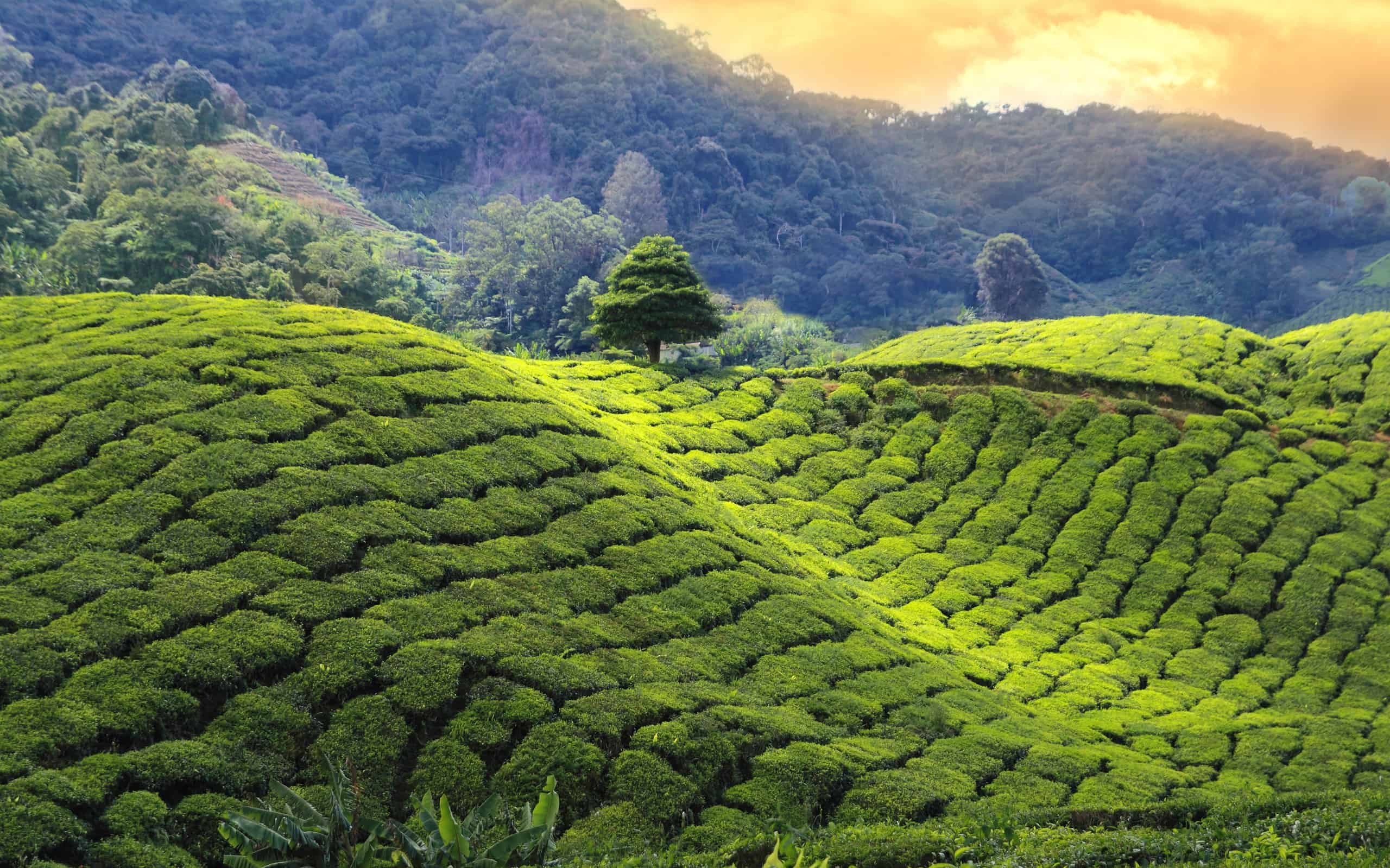
Within Rwanda, 11 of its districts feature tea production.
©nevarpp/iStock via Getty Images
Our breakdown of countries with the highest tea production begins with the Central African country of Rwanda. Since its introduction in the 1950s, Rwanda has seen a tea boom with over a dozen factories. Thanks to the climate and volcanic soil, tea crops are bountiful, lining the hills. Rwandan crops include black tea, white tea, green tea, and orthodox tea.
15. Burundi – 41,800 tons
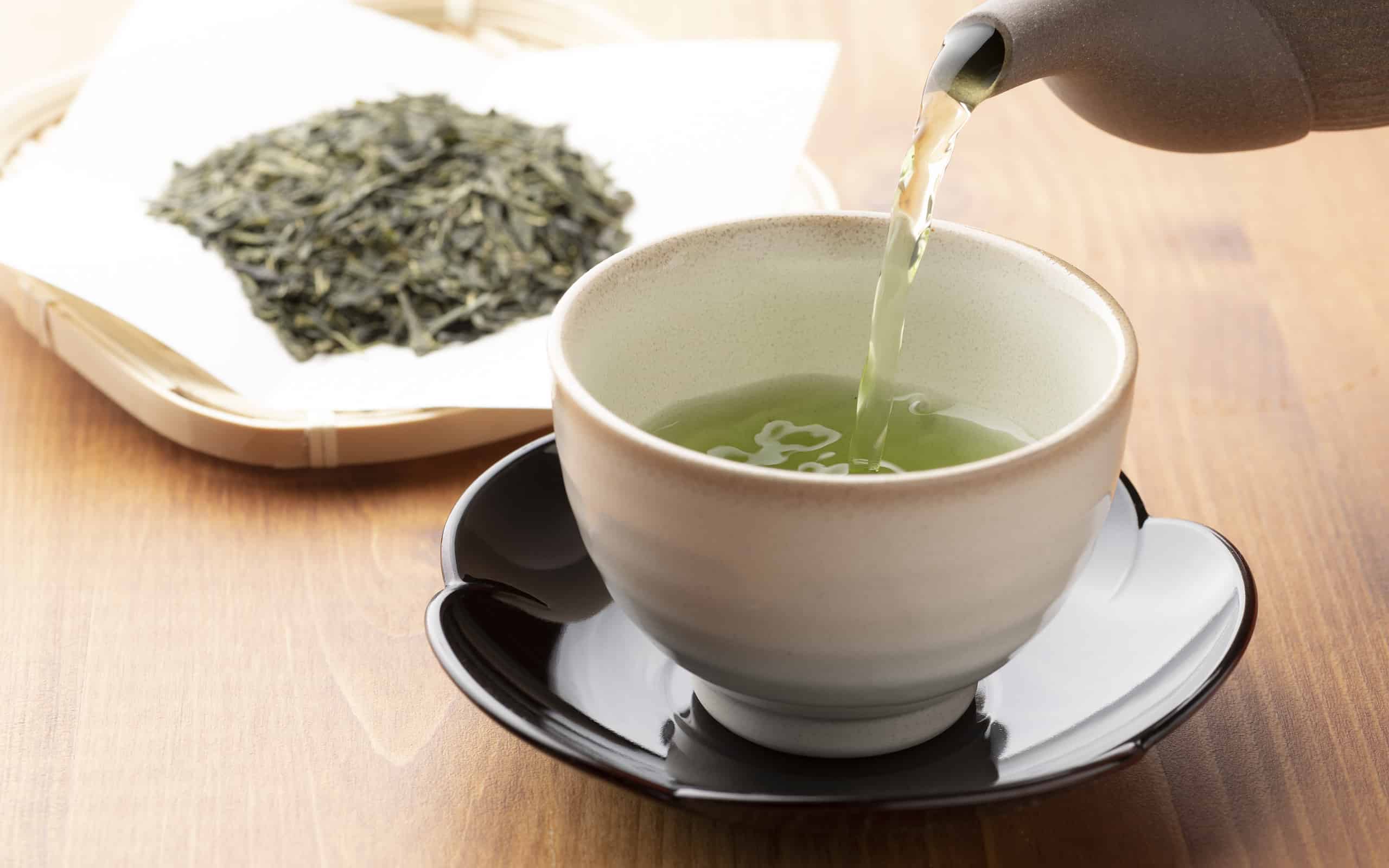
Tea is a chief export for Burundi and one of their biggest cash crops.
©kuppa_rock/iStock via Getty Images
In 1931, the Gisozi research station introduced tea in Burundi, and then, in 1952, commercial tea planting started. In addition, The Office du The du Burundi promoted tea cultivation, production, and marketing. Today, they operate six tea factories within Burundi. In addition, the Gisozi research station features a private factory. The climate is favorable for tea cultivation thanks to humidity and rainfall. Black tea is the most common tea. However, they also grow oolong and green teas.
14. Thailand – 75,000 tons
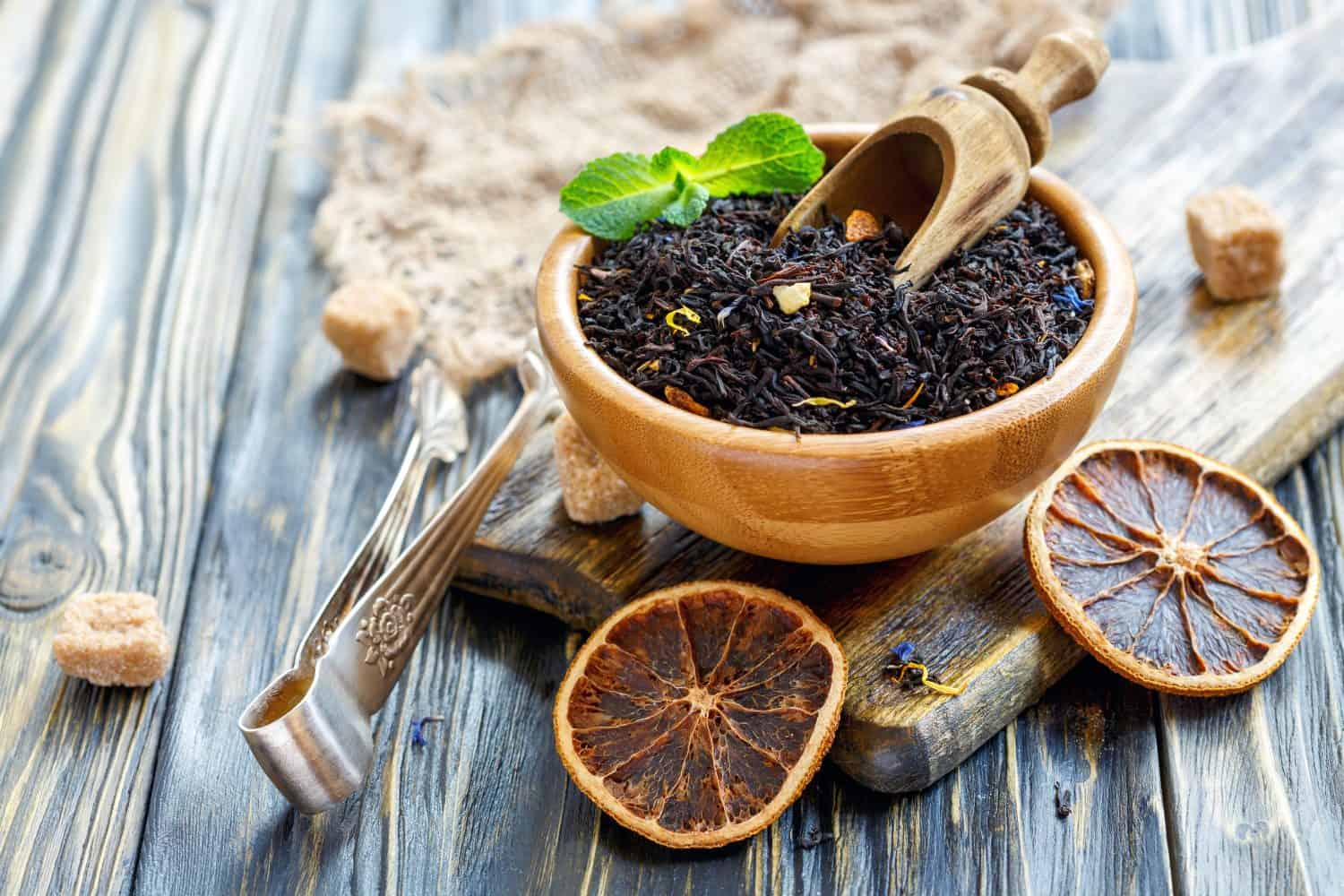
Tea cultivation reportedly began in Thailand in the 11
thand 12
thcenturies.
©SMarina/Shutterstock.com
Tea cultivation reportedly began in Thailand during the 11th and 12th centuries. The Doi Mae Salong, Doi Ang Khang, Doi Tung, and Baan Rak Thai mountain regions are particularly suitable areas for cultivation. Thailand teas include herbal, black, jasmine, masala chai, oolong, lemongrass, green, osmanthus, and jade.
13. Uganda – 80,000 tons
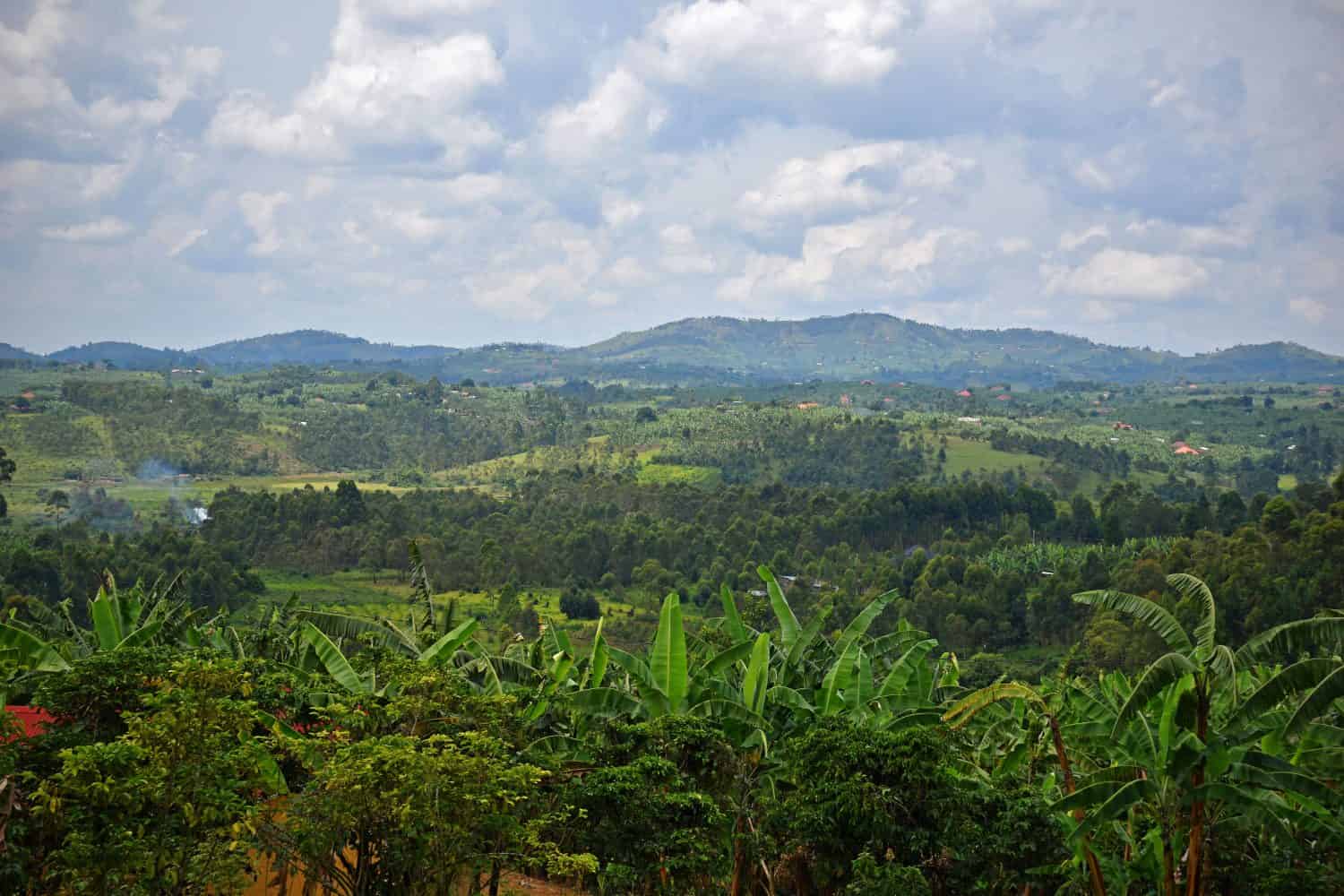
Nearly 80,000 households participate in tea farming throughout Uganda.
©Rich Mathews/Shutterstock.com
Tea is among the top five major crops for Uganda, and 1 million people within the country depend on the tea industry for their livelihood. Large areas of land are allocated to its cultivation, with 35,000 farming hectares. Most tea farming districts are in South West Uganda. Varieties cultivated here include green, oolong, and black teas.
12. Japan – 84,000 tons
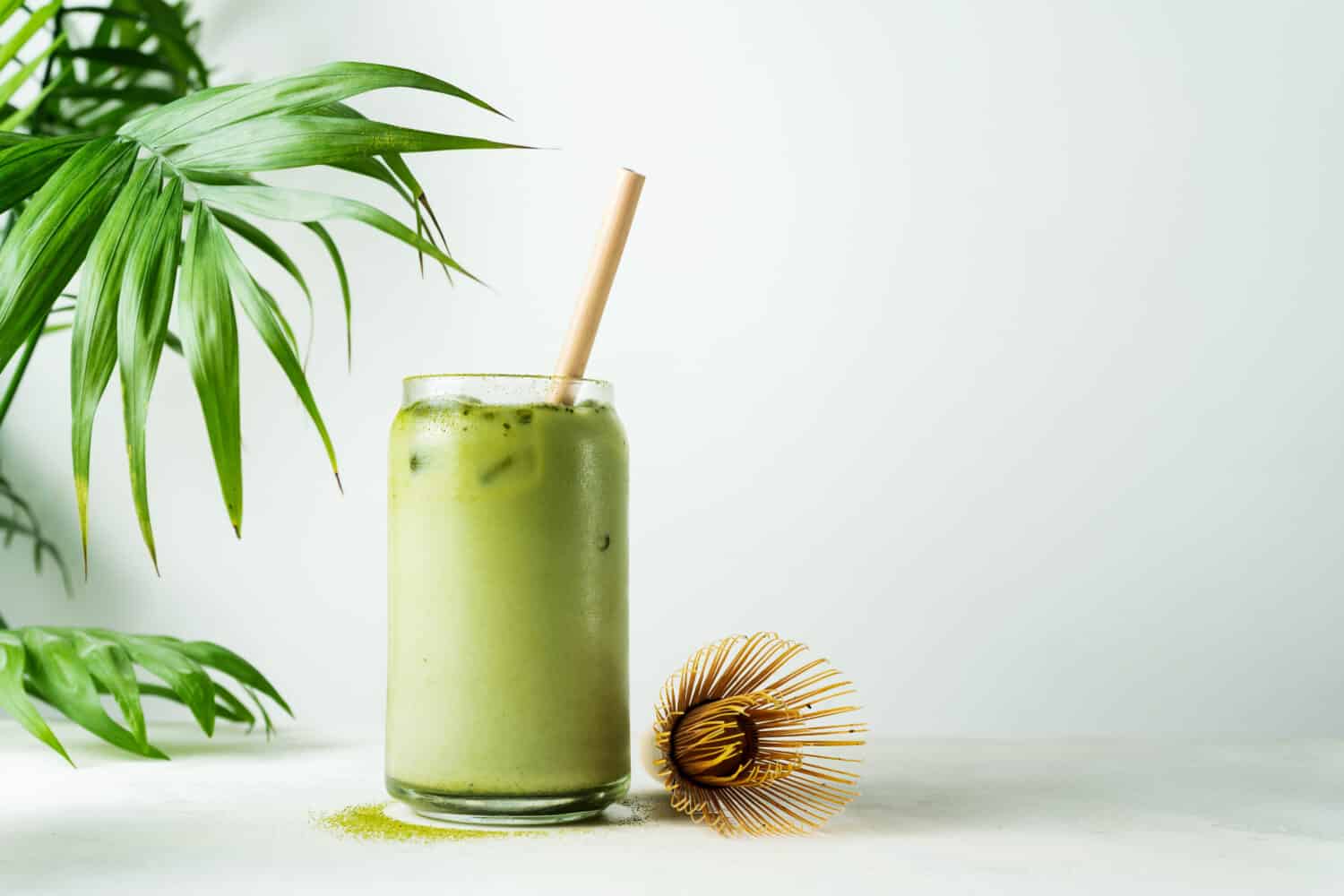
Green tea is the major crop grown in Japan’s southwest region.
©Pinkasevich/Shutterstock.com
Though production decreased slightly, especially after the COVID-19 pandemic, Japan is still one of the countries that produces the most tea. The majority of Japan’s tea grows in the Shizuoka Prefecture. Other major farming areas are in the Uji, Kagoshima, and Shizuoka regions. Tea ceremonies are an integral part of Japanese culture, with green tea produced the most in the country.
11. Argentina – 105,000 tons
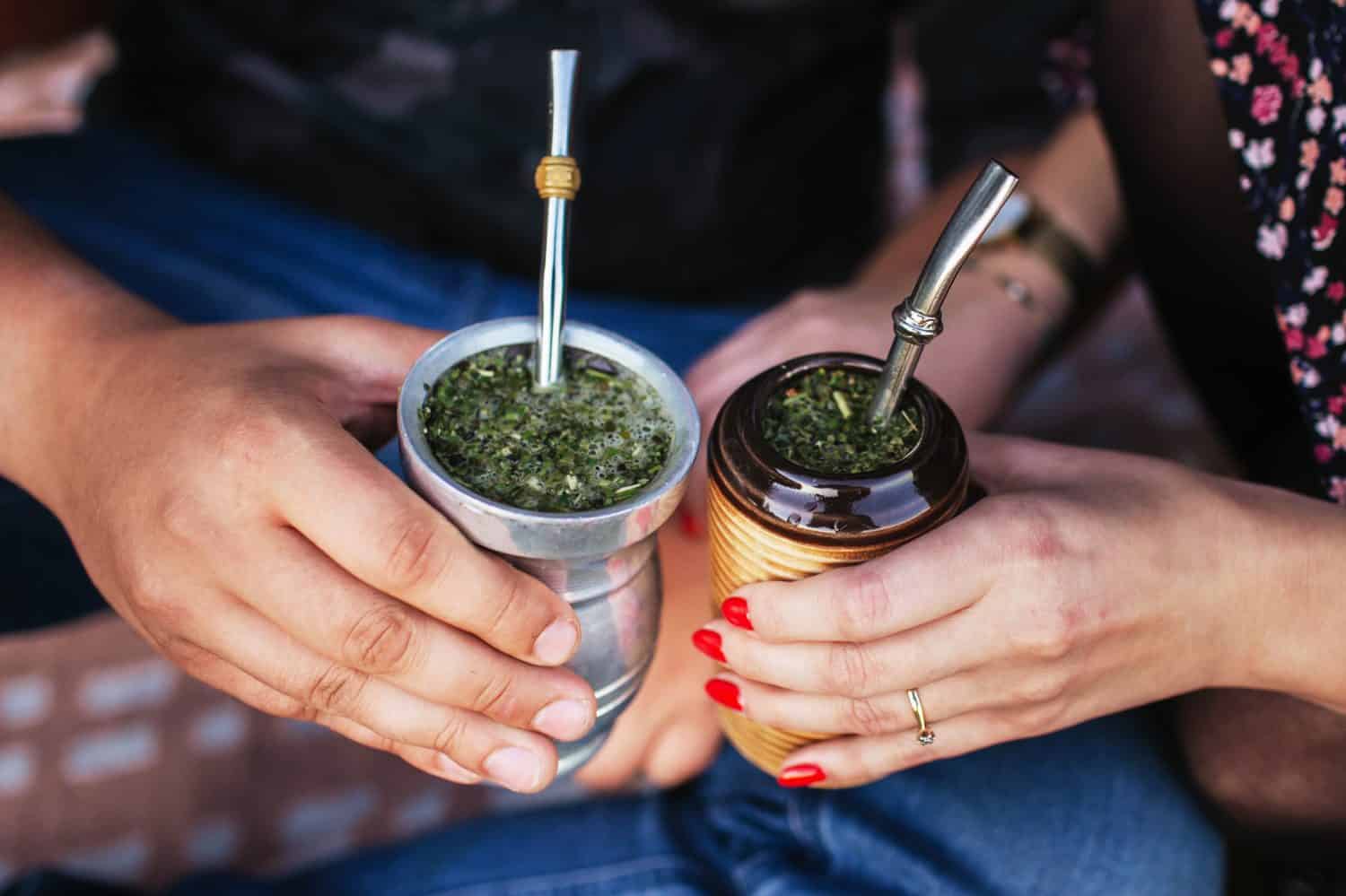
Yerba Mate is the most popular tea in Argentina.
©Pawel Michalowski/Shutterstock.com
While Argentina is known for its coffee production, it also boasts a healthy tea industry. The 1920s saw the introduction of tea in the country, with the government encouraging its farmers to cultivate tea with imported seeds from China. Plantings included hybridized green and black teas in the Tucuman, Chaco, Formosa, Corrientes, and Misiones provinces. Argentina’s chief tea production is yerba mate, however, and it’s the most consumed beverage in the country.
10. Indonesia – 148,000 tons
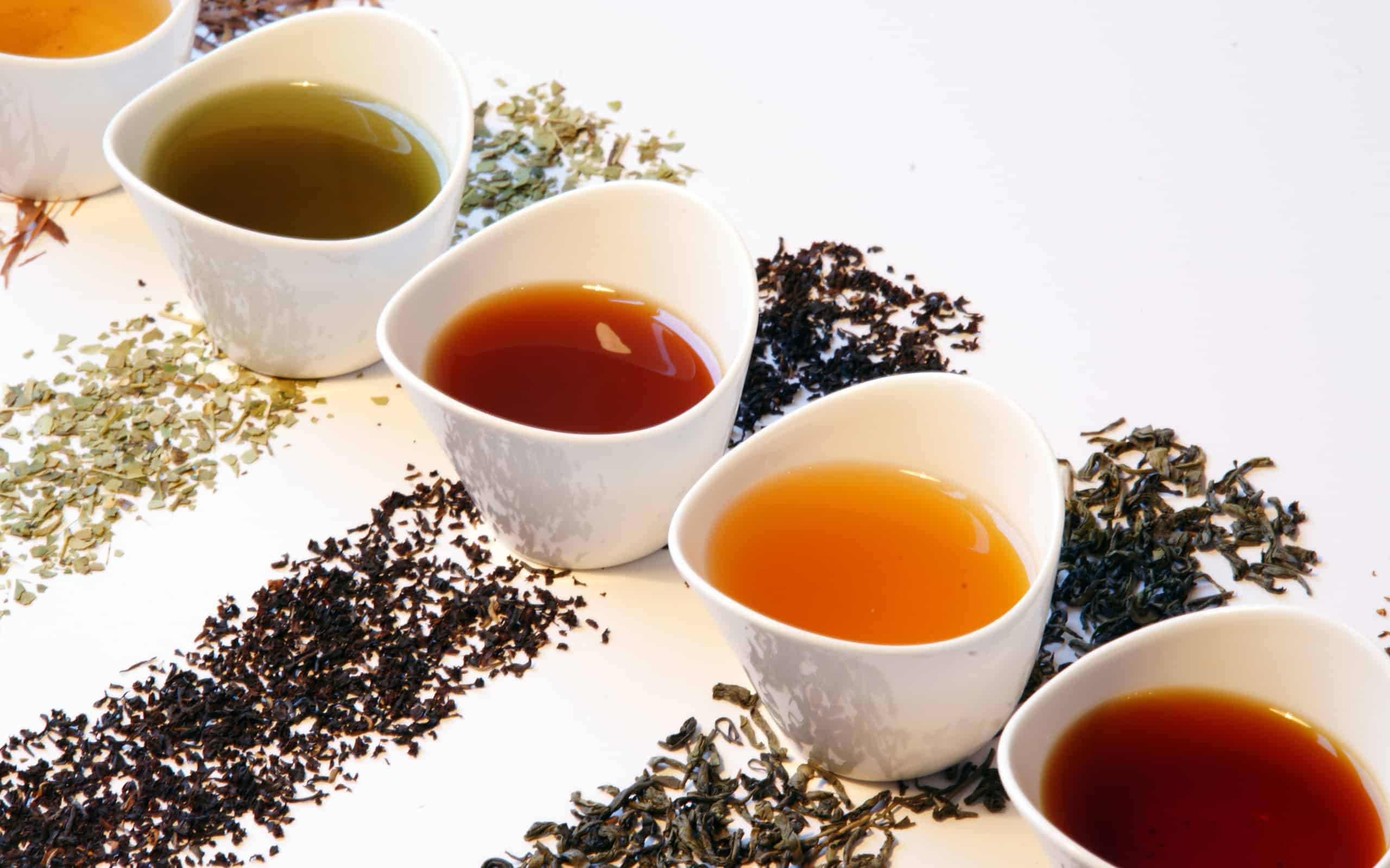
The Dutch East India Company introduced Indonesia to tea in 1684.
©cirquedesprit/iStock via Getty Images
Indonesia’s climate, with its warm temperature and fertile volcanic soil, makes it well-suited for tea cultivation. The industry comes from colonial rule, where the Dutch East India Company introduced tea to Indonesians. Most tea production occurs in Java and Sumatra. Indonesian tea factories grow mainly black tea, known for its deep, rich flavor, but green tea is also a popular crop.
9. Iran – 160,000 tons
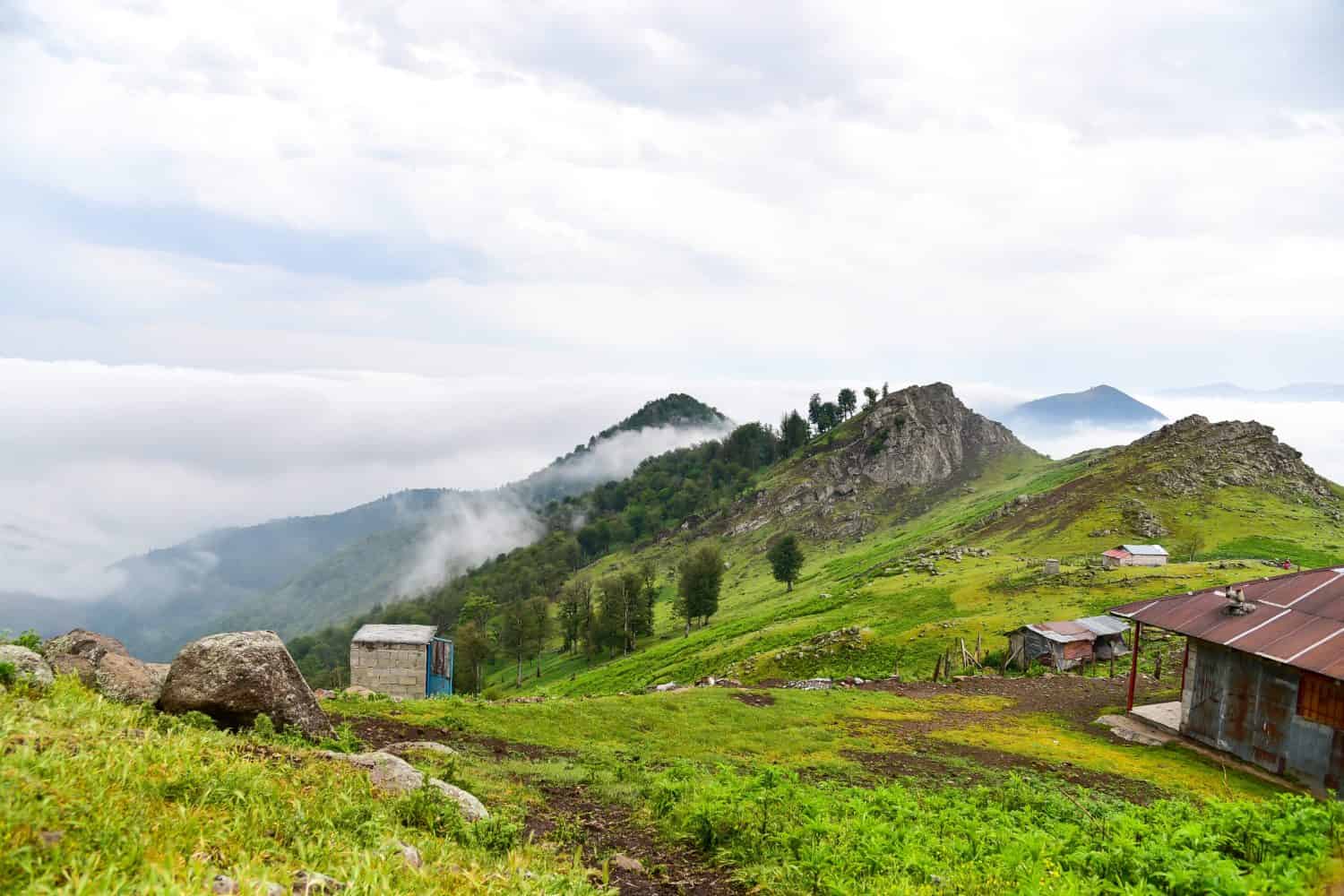
The province of Gilan in the Caspian Sea region of Iran is the only location for tea production.
©Andrea Lehotska/Shutterstock.com
Tea is part of the daily Iranian lifestyle, and people often consume several cups a day. Black tea is the tea of choice in Iran, often brewed with added spices such as cardamom. Iran produces its tea solely in the Caspian province. Tea drinkers dip sugar cubes in their tea before they consume it, letting the sugar melt in their mouth with each sip.
8. Turkey – 212,000 tons

In Turkey, the top tea drink is a black tea called “çay” served in a small glass with lemon.
©RauL C7/Shutterstock.com
With one of the highest tea consumption rates in the world, it’s no surprise Turkey produces over 200,000 tons of tea annually. Tea bears such rich cultural importance within Turkey that Turkish tea culture appears on UNESCO’s Intangible Cultural Heritage of Humanity list. The Rize region near the Black Sea is known as “Turkey’s tea capital,” with a tea museum in the shape of a giant teacup underway.
7. Vietnam – 214,000 tons
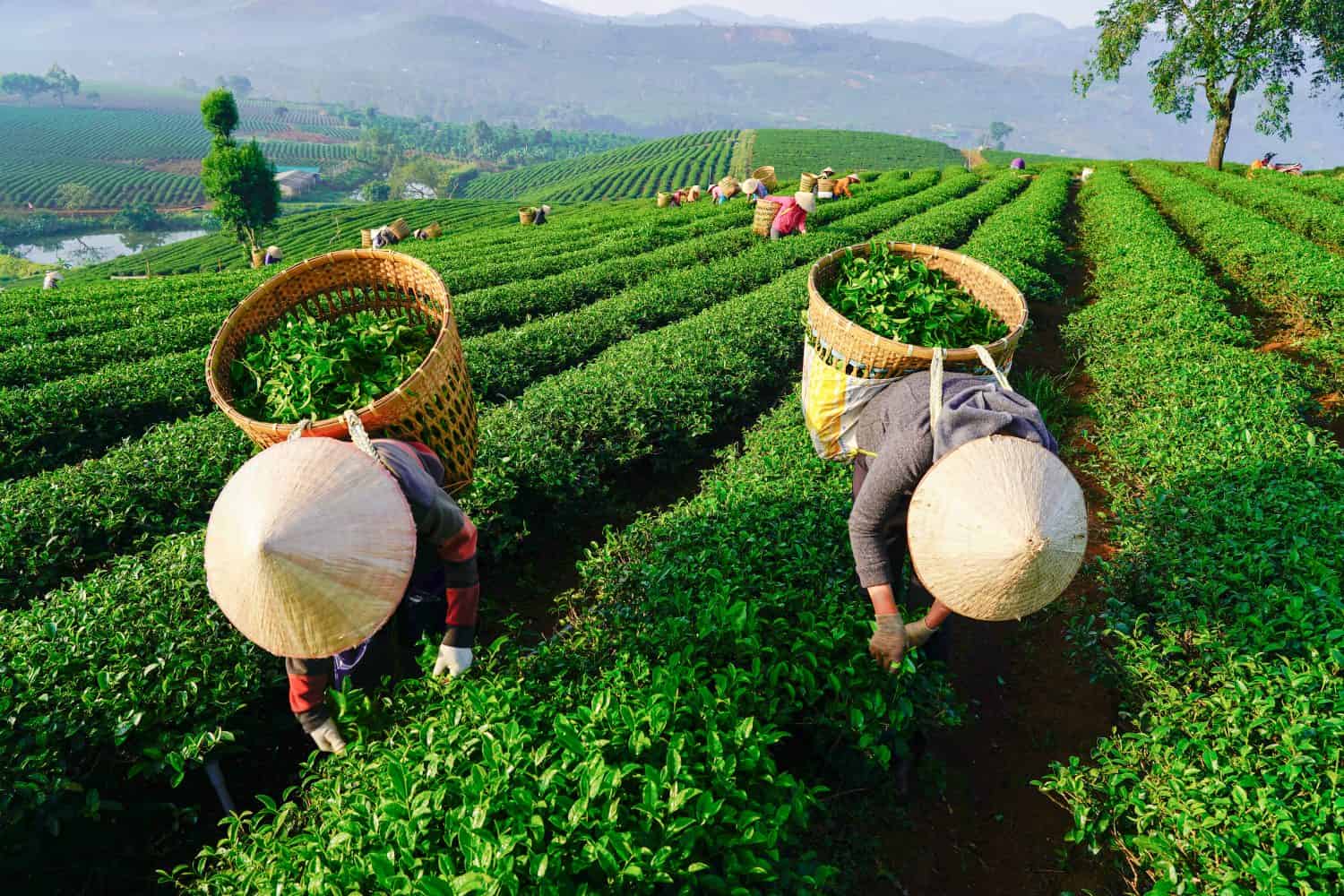
The French introduced tea in Vietnam during colonial rule.
©SARAH NGUYEN/Shutterstock.com
Tea grows in 34 of Vietnam’s provinces and is a major contributor to its economy, with three main tea types: green, black, and scented. The French cultivated tea crops after its invasion of Vietnam, and this history created a strong tea heritage for the country. Yen Bai province grows one of the most popular teas, Shan Tuyet tea, from ancient trees the country recognizes as Vietnamese Heritage Trees.
6. Sri Lanka – 340,000 tons
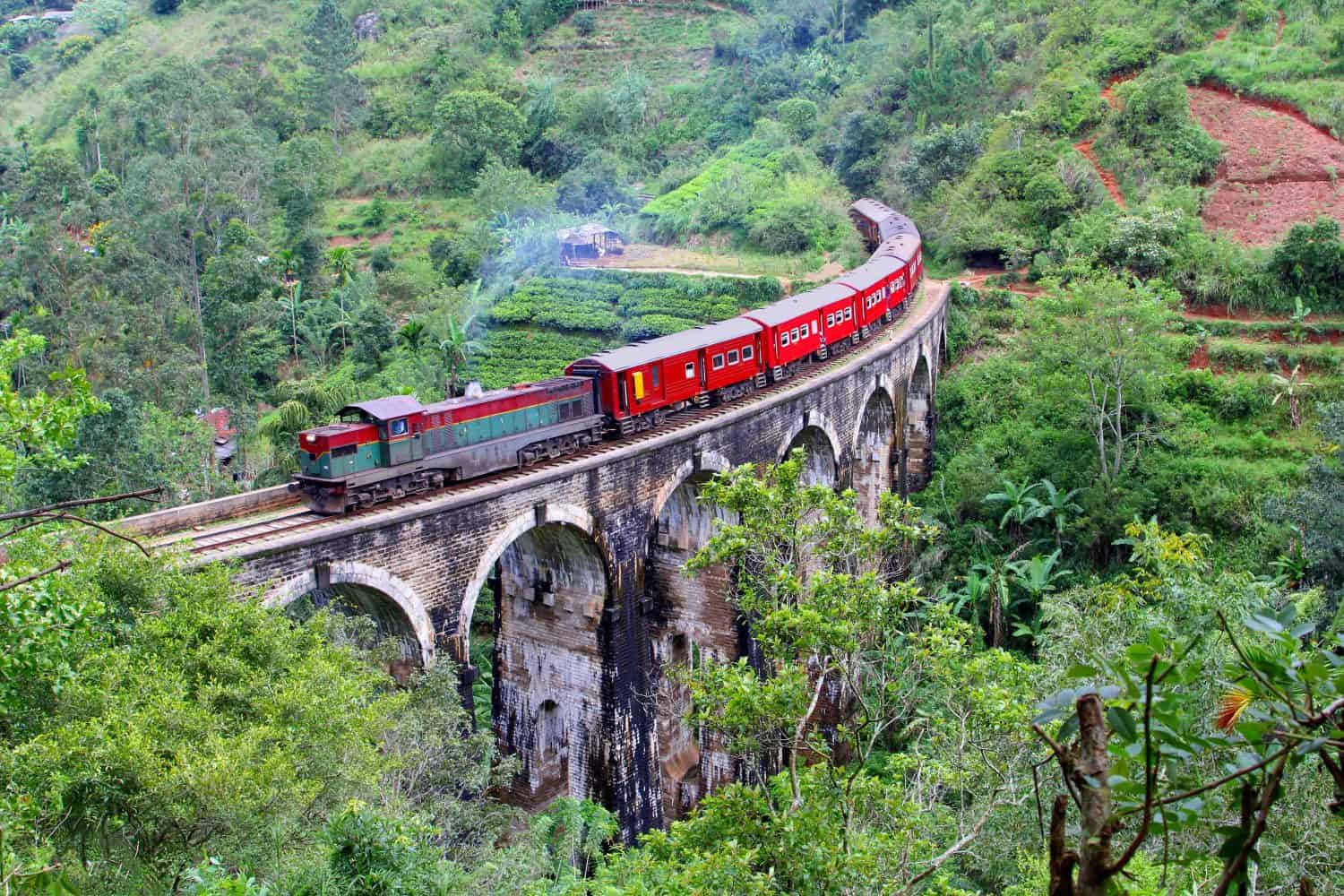
The British introduced Ceylon tea here in 1824, with the first tea plantation opening in 1867.
©ingehogenbijl/Shutterstock.com
The island country of Sri Lanka features Ceylon tea, which the country produces in the highlands. Described with a “rich, floral” full body taste, the tea is known for its antioxidant properties and benefits to cardiovascular health. Ceylon tea comes in oolong, green, black, and white tea. Sri Lanka’s tea heritage began in 1824, when British colonialists planted the first tea plant in the country, then known as Ceylon.
5. Kenya – 432,000 tons
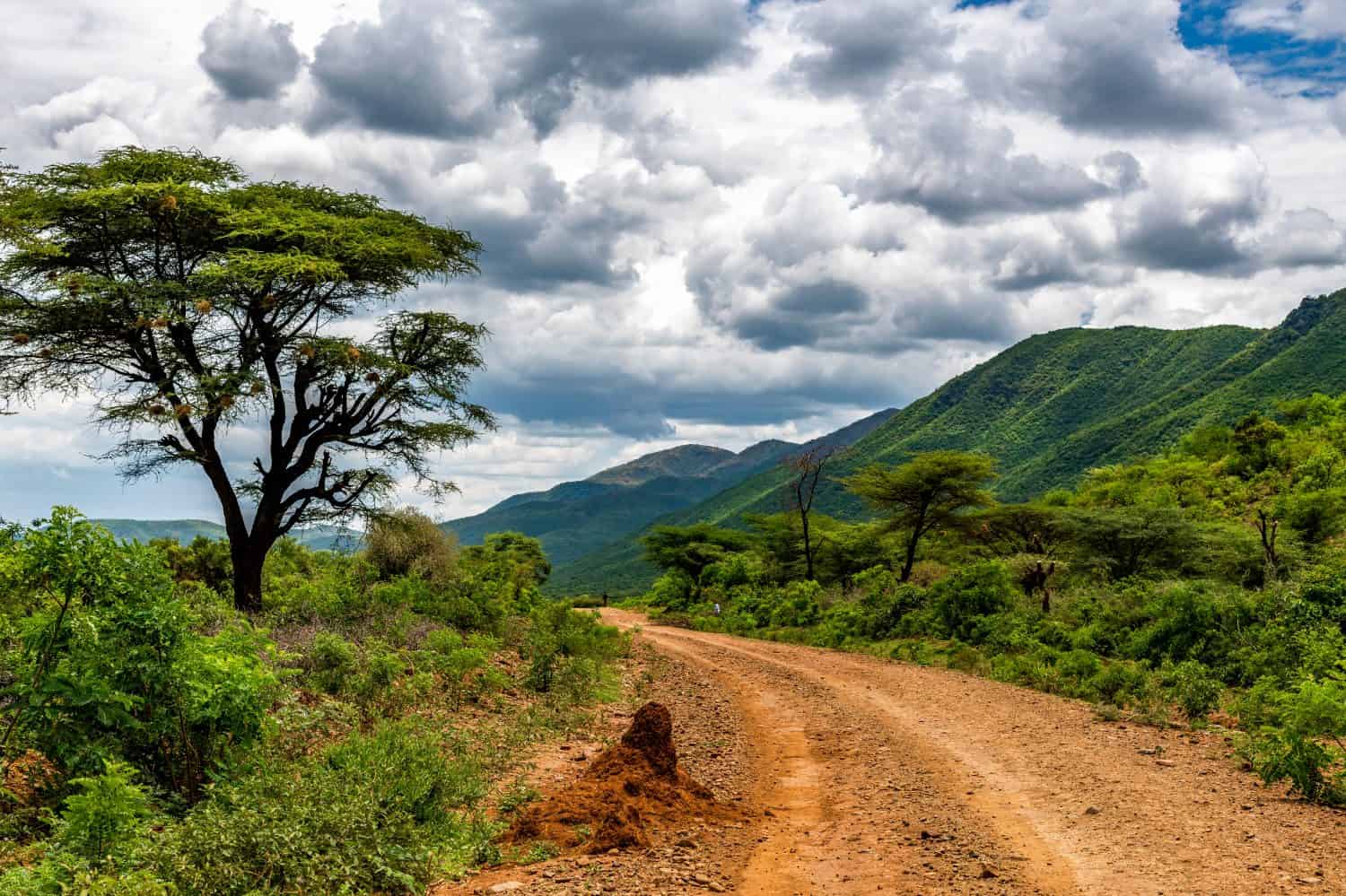
Most tea is grown at high altitudes in areas such as the Rift Valley.
©Jen Watson/Shutterstock.com
Africa’s top tea producer, Kenya, has 19 counties where they grow tea, including the regions of Kericho, Nakuru, Narok, and Bomet. High altitudes, rich soils, and distributed rainfall lead to strong, astringent black tea. Kenya tea manufacturers are pioneers of a processing method called “CTC,” or Crush, Tear, and Curl, where they process the tea through cylinders.
4. Bangladesh 64,000 tons

After tea’s introduction in 1840, tea production became a major crop for Bangladesh.
©Tawsif Torabi/Shutterstock.com
The history of tea in Bangladesh spans over 180 years, and the country features 166 tea estates that produce 2% of the world’s tea. Tea grown here includes white, instant, oolong, black, and green. Sylhet is home to one of the world’s oldest tea gardens, a top attraction.
3. Malawi – 54,000 tons

Most of the tea cultivated here is black tea.
©Radek Borovka/Shutterstock.com
Tea is one of the most popular beverages in this country. However, most of the tea cultivated here is black tea. In addition, they export other varieties including oolong, white, and herbal teas.
2. India – 1.2 million tons
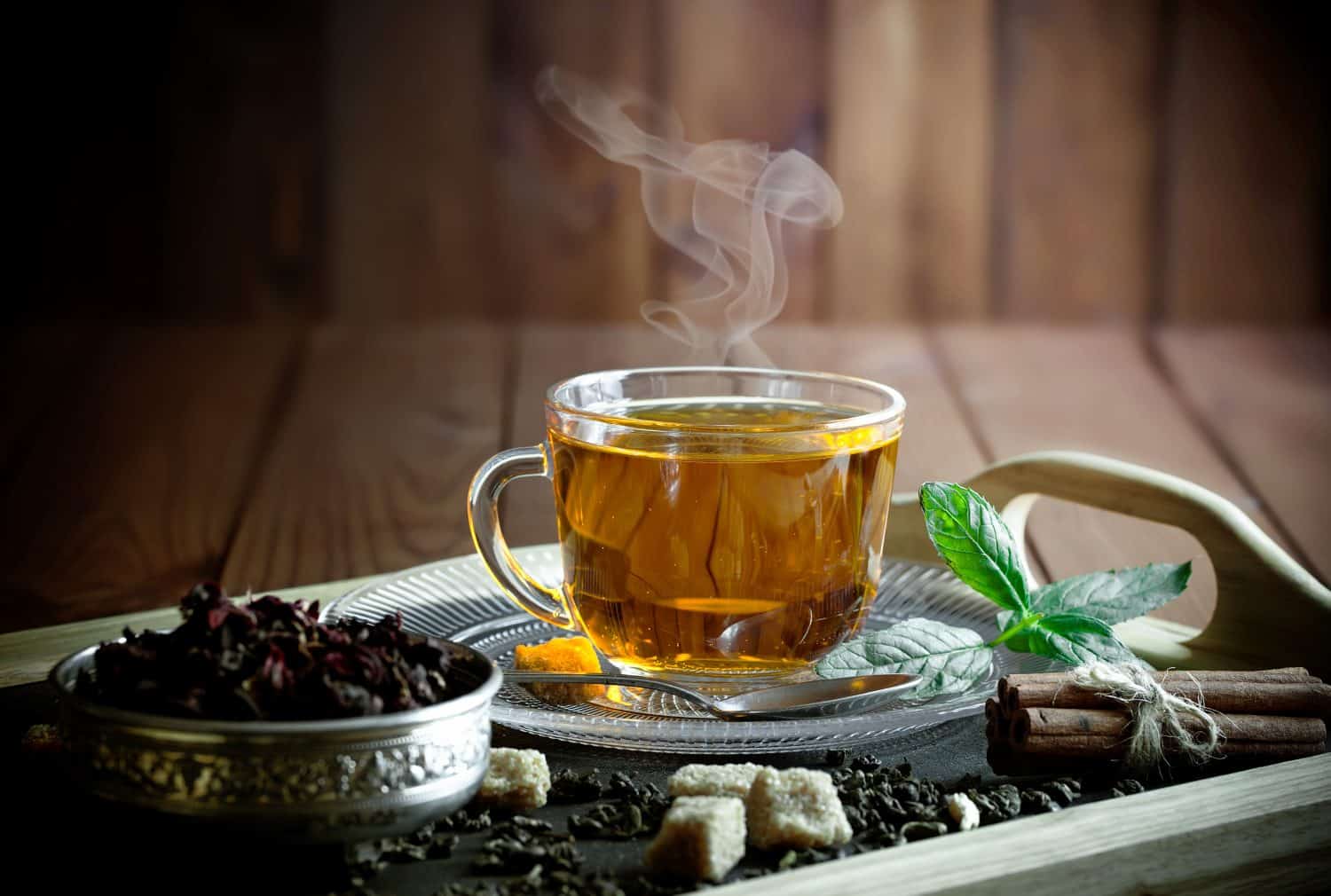
You’ll find over 10,000 tea gardens in India.
©Zadorozhnyi Viktor/Shutterstock.com
The second largest producer of tea is India with varieties like Assam, Nilgiri, and Darjeeling. First introduced commercially in 1824 by the British to compete with China, India was number one in production for over 100 years until it lost its ranking to China. The top regions for tea crops are Assam, West Bengal, Tamil Nadu, and Kerala.
1. China – 2.2 million tons

Records show tea consumption in China dates back over 3,000 years ago.
©Natallia Yaumenenka/Shutterstock.com
The word tea is synonymous with China, so it’s no surprise they are the highest tea-producing country. Tea is a key component of the country’s social fabric and plays a part in its economic development and daily life. Chinese ancestry records show tea consumption began reportedly over 3,000 years ago. China produces teas including oolong, green, white, and pu-erh (fermented tea.) High-quality teas are prized from the Yunnan and Fujian regions.
Discover the 16 Countries That Produce the Most Tea
| Country | Tea Production in tons |
|---|---|
| China | 2.2 million |
| India | 1.2 million |
| Kenya | 432,000 |
| Sri Lanka | 340,000 |
| Vietnam | 214,000 |
| Turkey | 212,000 |
| Iran | 160,000 |
| Indonesia | 148,000 |
| Argentina | 105,000 |
| Japan | 84,000 |
| Thailand | 75,000 |
| Bangladesh | 64,000 |
| Malawi | 54,000 |
| Uganda | 53,000 |
| Burundi | 41,800 |
| Rwanda | 25,000 |
The photo featured at the top of this post is © Shaposhnikova Anna/Shutterstock.com
Thank you for reading! Have some feedback for us? Contact the AZ Animals editorial team.







